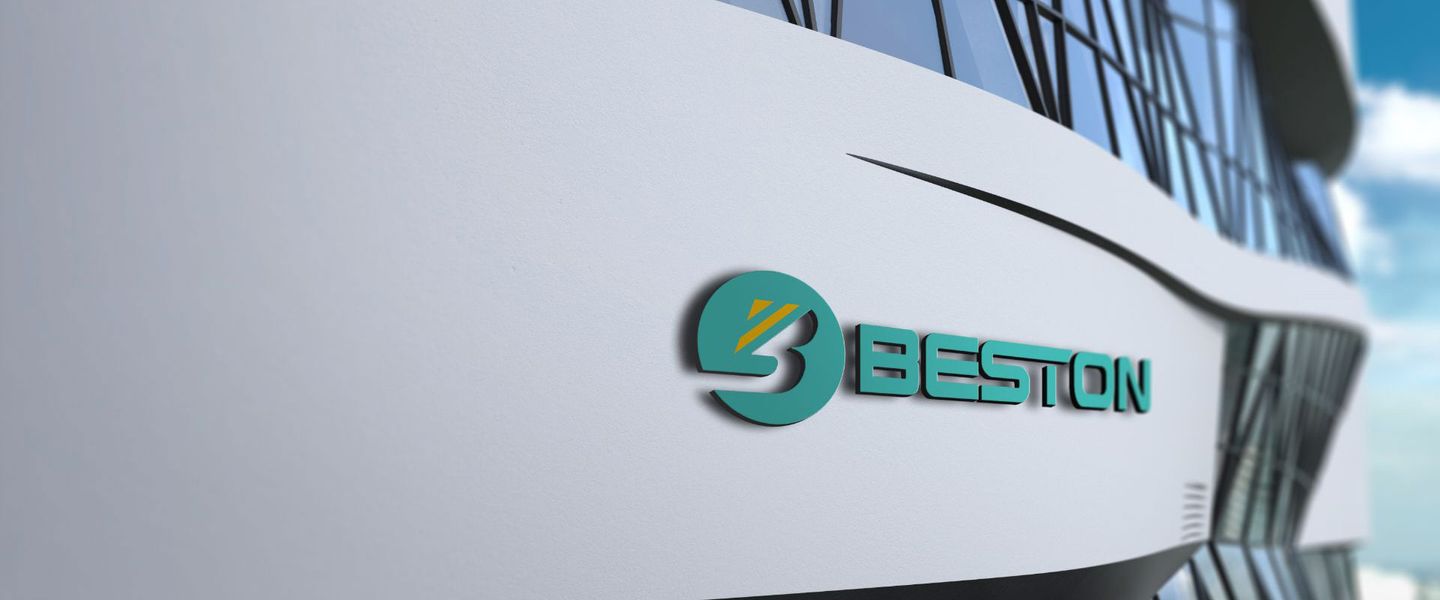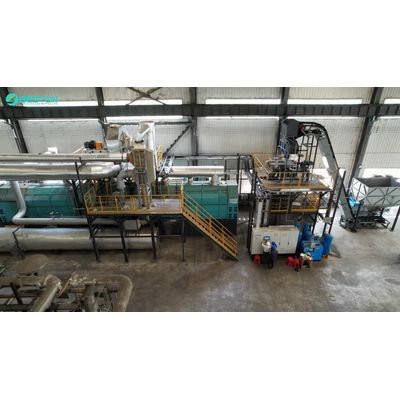

- Home
- Companies
- Beston Group Co., Ltd.
- Articles
- Innovations in Pyrolysis Reactor Design ...

Innovations in Pyrolysis Reactor Design for Improved Thermal Efficiency
As global emphasis on energy efficiency intensifies, advancements in pyrolysis technology have shifted toward optimizing heat utilization and minimizing energy loss. Central to this evolution is the refinement of continuous pyrolysis plant design, which now integrates cutting-edge reactor engineering to enhance thermal performance, throughput, and system longevity.
Evolution of Reactor Architecture
Traditional batch-type pyrolysis systems operate with high thermal inefficiencies due to intermittent heating and cooling cycles. These systems require extensive downtime for loading and discharging, resulting in fluctuating thermal conditions and suboptimal energy use. In contrast, modern continuous pyrolysis plant design employs horizontal or rotary reactors configured for uninterrupted material flow, enabling steady-state thermal operations and reduced energy waste.
These continuous reactors are often engineered with helical internal structures or segmented screw conveyors. This ensures uniform residence time and maximizes heat transfer from the external furnace or internal heat carrier to the feedstock. Uniform thermal exposure is critical for maximizing oil yield and improving the decomposition rate of high-molecular polymers.
Multi-Zone Heating Systems
Innovative reactor designs now utilize multi-zone heating chambers, allowing for precise control of temperature gradients across different zones of the reactor. Each section can be fine-tuned to facilitate progressive pyrolysis reactions—from initial volatilization to complete cracking. This zonal heating strategy reduces the formation of tars and waxes while ensuring complete conversion of plastics, rubber, or biomass into oil, syngas, and carbon residue.
Moreover, the integration of indirect heating systems—where heat is transferred through reactor walls rather than direct flame contact—minimizes hot spots and material degradation. This method also prolongs the lifespan of internal components and refractory lining.
Enhanced Insulation and Heat Recovery
Advanced pyrolysis systems now incorporate high-temperature ceramic fiber insulation and layered refractory materials to reduce heat dissipation. Thermal losses through reactor walls are significantly curtailed, improving overall energy retention.
In parallel, waste heat recovery systems have become standard in continuous pyrolysis plant design. Flue gases, which previously vented into the atmosphere, are redirected through economizers and heat exchangers to preheat incoming feedstock or combustion air. This closed-loop thermal cycle not only reduces fuel consumption but also improves environmental compliance by lowering emissions.
Automation and Process Control
Thermal efficiency is no longer a function of reactor geometry alone. Integration of automated process control systems now allows real-time monitoring and adjustment of reactor temperature, feed rate, rotation speed, and vacuum pressure. Algorithms optimize combustion air input, synchronize feedstock throughput with thermal input, and maintain equilibrium conditions throughout the system.
These smart control systems are vital for maintaining consistent operational parameters, minimizing thermal fluctuations, and achieving high energy conversion efficiency. They also enable predictive maintenance by monitoring temperature differentials and system anomalies.
Conclusion
Recent innovations in continuous pyrolysis plant design underscore the industry's commitment to improving thermal efficiency while meeting the demands of scalability and environmental compliance. From multi-zone heating to intelligent automation, every aspect of reactor engineering now contributes to a leaner, more sustainable waste-to-energy conversion process. These advancements not only enhance profitability but also align pyrolysis technology with modern industrial energy standards.
